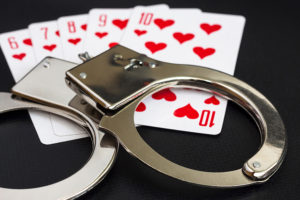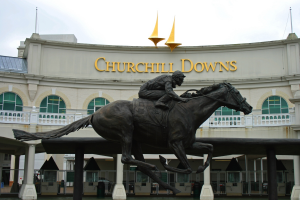Research suggests specialist treatment for gambling harm needed in England

New figures have been released by the OHID.
UK.- The UK Office for Health Improvement & Disparities (OHID) has published the results of research into gambling treatment for the Department of Health and Social Care. It estimates that 1.6 million adults in England would benefit from specialist gambling harms treatment.
The gambling treatment need and support report found that 970,000 adults may need “level 2 intensity” treatment, which involves two or three sessions of motivational interviewing. Some 243,000 adults may need “level 4 intensity” treatment, with between eight and 14 sessions of psychologist-led cognitive behavioural therapy (CBT). For 40,000 adults, intensive therapy through a 12-week residential programme with one-to-one and group sessions is recommended.
London was found to have the highest proportion of people seeking treatment, followed by the North West of England (3,782 per 100,000 people). The estimated figure of 1.6 million was calculated as the median of a 95% confidence interval between 1,301,206 and 1,939,991.
The researchers undertook a Delphi Consensus Survey on the Open Science Framework (OSF) using data from 22 organisations providing treatment and support services. They categorised six types of services: brief advice, extended brief interventions, psychosocial interventions, psychologist-led CBT, intensive residential treatment and peer support.
Last month, the gaming industry-backed grant-making body GambleAware published data maps that index problem gambling harms across UK local authorities and parliamentary constituencies. The aim is to help stakeholders in the National Gambling Support Network (NGSN).
Produced by PoliMapper, the maps reveal which regions have higher levels of gambling harm and a greater need for support and treatment. The data is based on the Problem Gambling Severity Index (PGSI) as collected in November 2022 from GambleAware’s Annual Great Britain Treatment and Support Survey. The data has been adapted to visually represent gambling harm in different areas.










